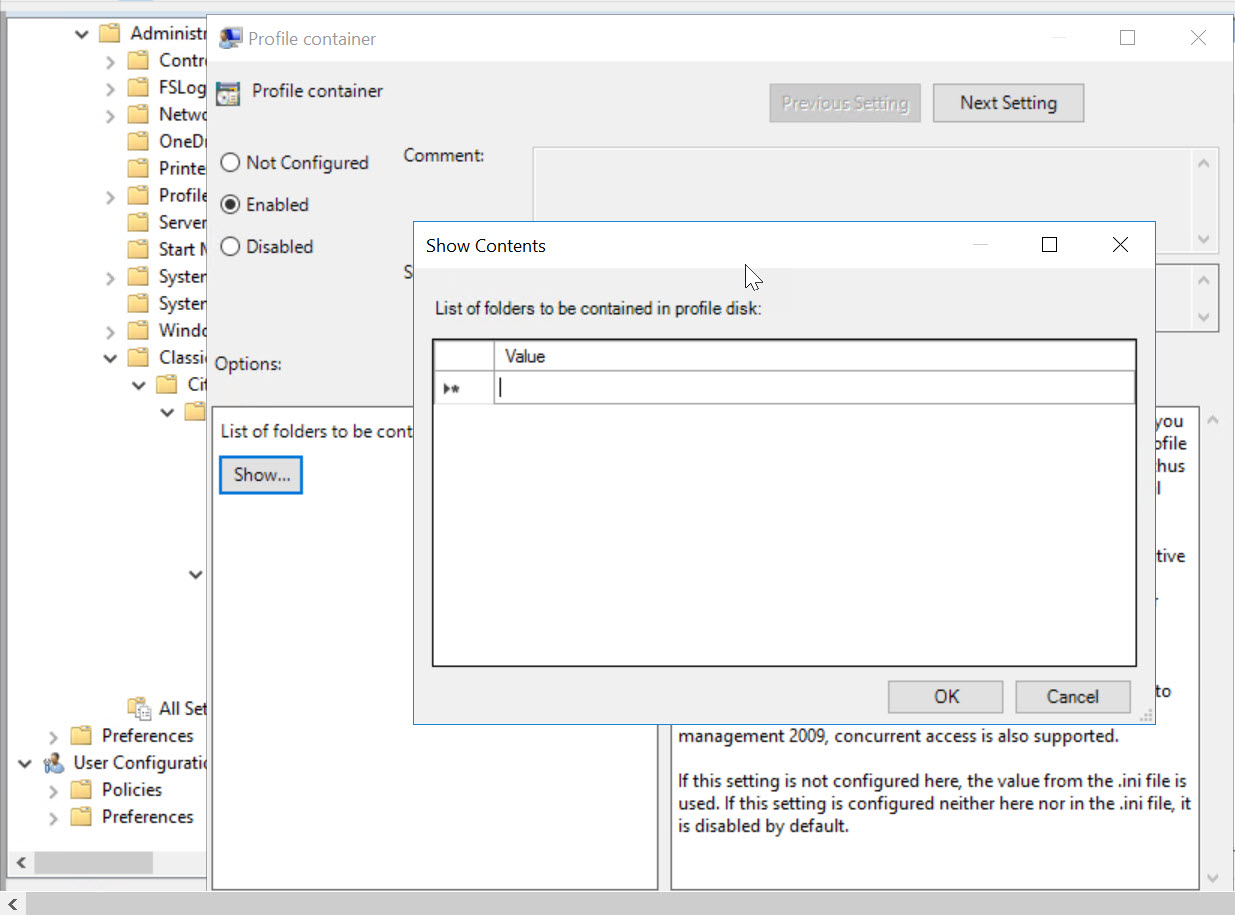This content has been machine translated dynamically.
Dieser Inhalt ist eine maschinelle Übersetzung, die dynamisch erstellt wurde. (Haftungsausschluss)
Cet article a été traduit automatiquement de manière dynamique. (Clause de non responsabilité)
Este artículo lo ha traducido una máquina de forma dinámica. (Aviso legal)
此内容已经过机器动态翻译。 放弃
このコンテンツは動的に機械翻訳されています。免責事項
이 콘텐츠는 동적으로 기계 번역되었습니다. 책임 부인
Este texto foi traduzido automaticamente. (Aviso legal)
Questo contenuto è stato tradotto dinamicamente con traduzione automatica.(Esclusione di responsabilità))
This article has been machine translated.
Dieser Artikel wurde maschinell übersetzt. (Haftungsausschluss)
Ce article a été traduit automatiquement. (Clause de non responsabilité)
Este artículo ha sido traducido automáticamente. (Aviso legal)
この記事は機械翻訳されています.免責事項
이 기사는 기계 번역되었습니다.책임 부인
Este artigo foi traduzido automaticamente.(Aviso legal)
这篇文章已经过机器翻译.放弃
Questo articolo è stato tradotto automaticamente.(Esclusione di responsabilità))
Translation failed!
Profile container
Important:
This feature does not work on Windows 7.
Large folders associated with a user profile result in a slow logon. Profile Management provides a VHDX-based profile solution that lets you specify the folders to be contained in the profile disk (VHDX files). This solution reduces logon times by mapping the specified folders to the profile disk that is stored on the network. The profile container attaches the profile disk containing those folders during logon, thus eliminating the need to save a copy of the folders to the local profile. Doing so decreases logon times.
Note:
- The maximum permitted size for the VHDX files is 50 GB. You cannot modify this value.
- Profile Management automatically grants permissions to the folder where the VHDX files are stored. Doing so allows the Profile Management service to access and mount VHDX files.
- The VHDX files do not shrink automatically, even if you manually delete files from them. If you want to reduce the size of the VHDX files, go to Disk Management, right-click the applicable volume, and then select Shrink Volume.
There are two scenarios to be aware of:
- The profile container does not support simultaneous access by multiple sessions.
- The profile container does not support containing the entire profile.
The profile disk is stored at a user’s user store path. For example, if you configure your user store path as
\\myprofileserver\profiles$\%username%.%domain%\!ctx_osname!.!ctx_osbitness!, the profile disk is located at
\\myprofileserver\profiles$\%username%.%domain%\!ctx_osname!.!ctx_osbitness!\ProfileContainer\!ctx_osname!.
To understand how a profile container works, you can regard it as a secondary user store that is designed for storing profile-related large folders such as cache folders. Even if the folders are present in the exclusion list, they are still stored in the profile disk after you enable the profile container feature and add the folders to the profile container list.
Suppose you enable the profile container feature and then you disable it. To ensure a consistent user profile, Profile Management synchronizes the user store profile with a profile container. This synchronization occurs during user logon. Folders in the exclusion list are not copied to the user store.
To enable the profile container feature, do the following:
- Open the Group Policy Management Editor.
- Under Computer Configuration > Policies > Administrative Templates: Policy definitions (ADMX files) > Citrix Components > Profile Management > File system > Synchronization, double-click the Profile container policy.
- Select Enabled.
-
Click Show to add the relative paths of the folders to contain in the profile container. We recommend that you add folders that contain large cache files. For example, add the Citrix Files content cache folder to the list:
AppData\Local\Citrix\Citrix Files\PartCache.Note:
The folders you add to the profile container also exist in the user store. After you enable the profile container feature, Profile Management keeps the folders synchronized between the profile container and the user store.

- Click OK.
Note:
To delete the folders contained in the profile disk for a specific user, you can perform the profile reset from Citrix Director. For more information, see Reset a user profile.
Share
Share
In this article
This Preview product documentation is Citrix Confidential.
You agree to hold this documentation confidential pursuant to the terms of your Citrix Beta/Tech Preview Agreement.
The development, release and timing of any features or functionality described in the Preview documentation remains at our sole discretion and are subject to change without notice or consultation.
The documentation is for informational purposes only and is not a commitment, promise or legal obligation to deliver any material, code or functionality and should not be relied upon in making Citrix product purchase decisions.
If you do not agree, select I DO NOT AGREE to exit.